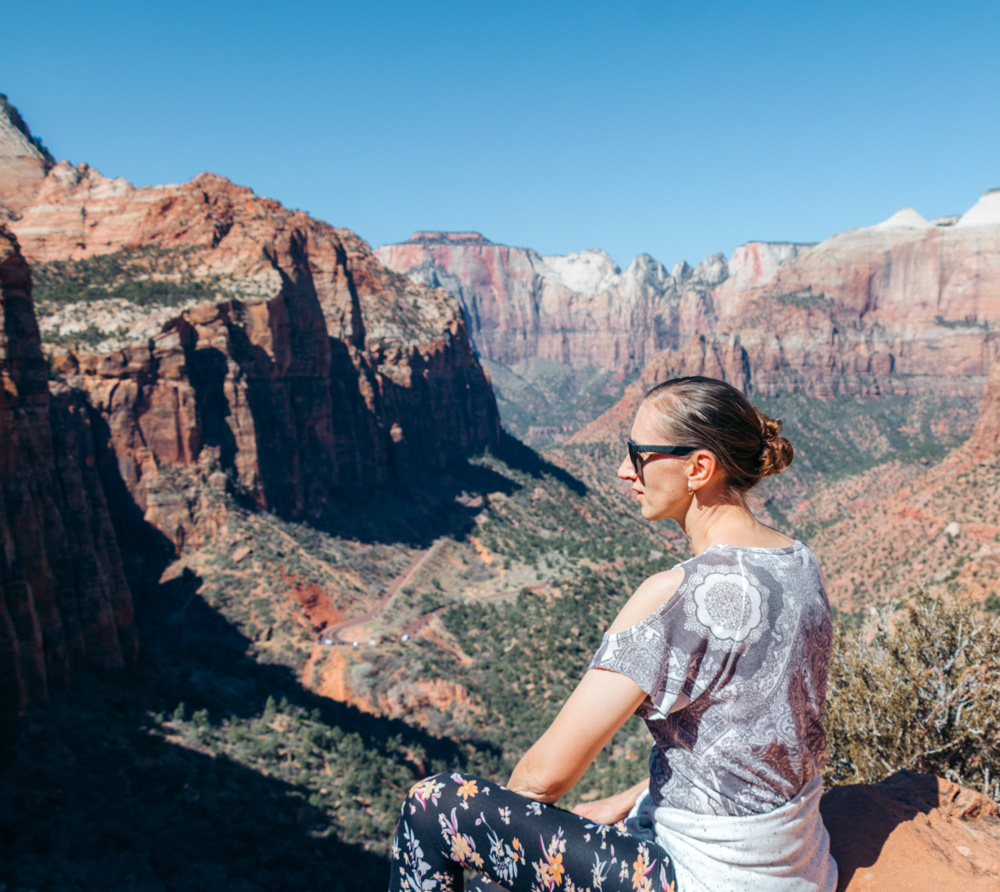How to visit national parks in the U.S. and Canada (on the same trip or separate adventures) and make the most of it?
Last updated: April 3, 2025
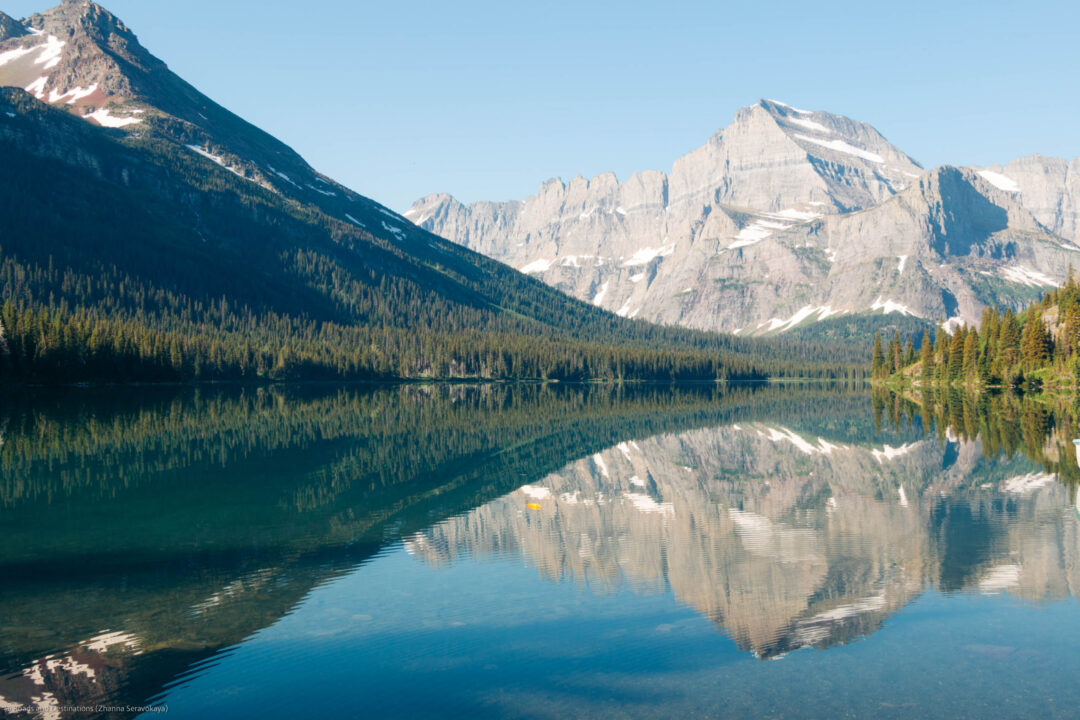
What You Should Know About National Parks in the U.S. and Canada
As I was about to hit “send” on my second email to Rhonda on the same day, an inquiring feeling I had had at the entrance of Banff National Park a few months ago returned. Rules for visiting national parks in the U.S. and Canada are somewhat similar. Yet there are some peculiarities that don’t necessarily overwhelm, but are good to know before your journey starts, especially if you plan to go on a long road trip across national parks in the U.S. and Canada.
Having been mainly to national parks of the West Coast in both of these countries, I started comparing the national park systems in the U.S. and Canada while we were trailing the car line at the entrance to the Banff area. From differences in admission prices and durations of day passes to in-park “purchases”, the countries preserved their unique natural resources in similar, but not exactly the same, ways.
“Write an article about it”. Yet before I could persuade myself, a contradicting voice in my head brought up dozens of reasons why I should have not. Yes, there were quite apparent differences and similarities between the national parks in the U.S. and Canada. But would anybody be interested in reading about them? Most of this information could be learned through personal experiences or by digging into national parks official websites (sometimes for hours) like I do before every new trip.
So the impulse to compare the national parks in the U.S. and Canada had died and never emerged until about two months ago when I spilled my insider’s knowledge in my second email to Rhonda.
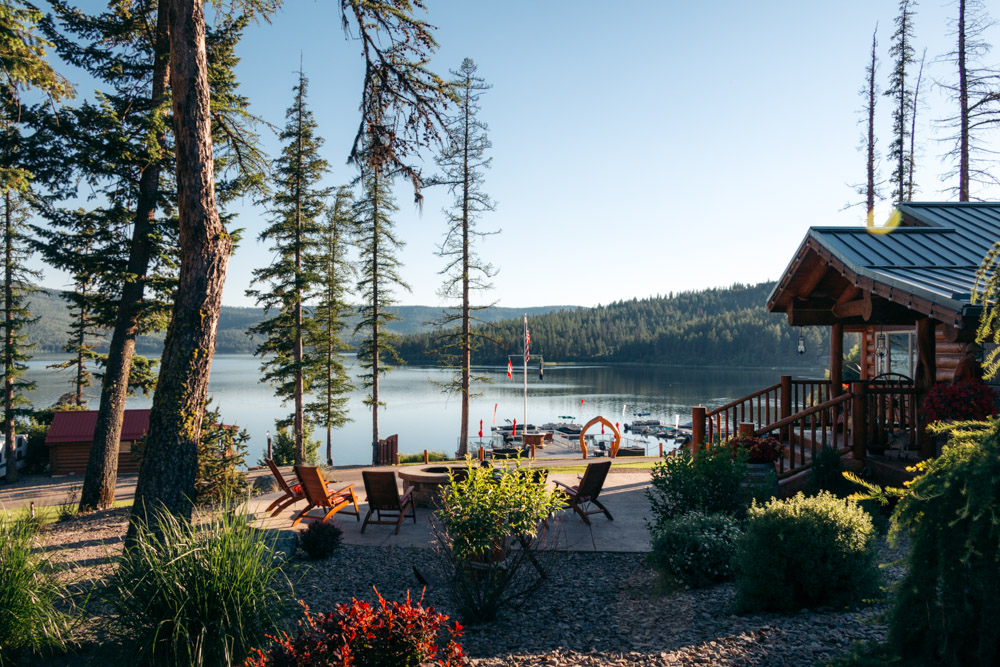
How to Visit National Parks in the U.S. and Canada
Rhonda had contacted me a few weeks prior to that after reading about our 5-day road trip from Spokane to Glacier National Park. Similar to us, Rhonda and her husband were planning to fly into Spokane, Washington, and explore several national parks on the West Coast of the U.S. and Canada. She needed advice.
As I was replying to her email, sharing our condensed itineraries and things we had learned while visiting Glacier, Banff, Jasper, and Yoho National Parks, I suddenly realized that most of this information had been processed in my head months ago while we were waiting for our turn to enter Banff National Park.
So there were people who were looking for more information or relatable stories on how to visit national parks in the U.S. and Canada after all. I hit the sendbutton. Then I grabbed my notebook and scribbled down a few points to compare two national park systems in the neighboring countries.
Many people struggle to keep up with different requirements and policies regarding the national parks in Canada and the U.S. when they head north. Glacier National Park in Montana, and the famous trio in the Canadian Rockies – Banff, Yoho, and Jasper – are often their primary focus. So I refer mostly to these four national parks in this article. From time to time, I mention a few other national parks for better illustrations.
Without further ado, here are a few things you should know before visiting national parks in Canada and the U.S.
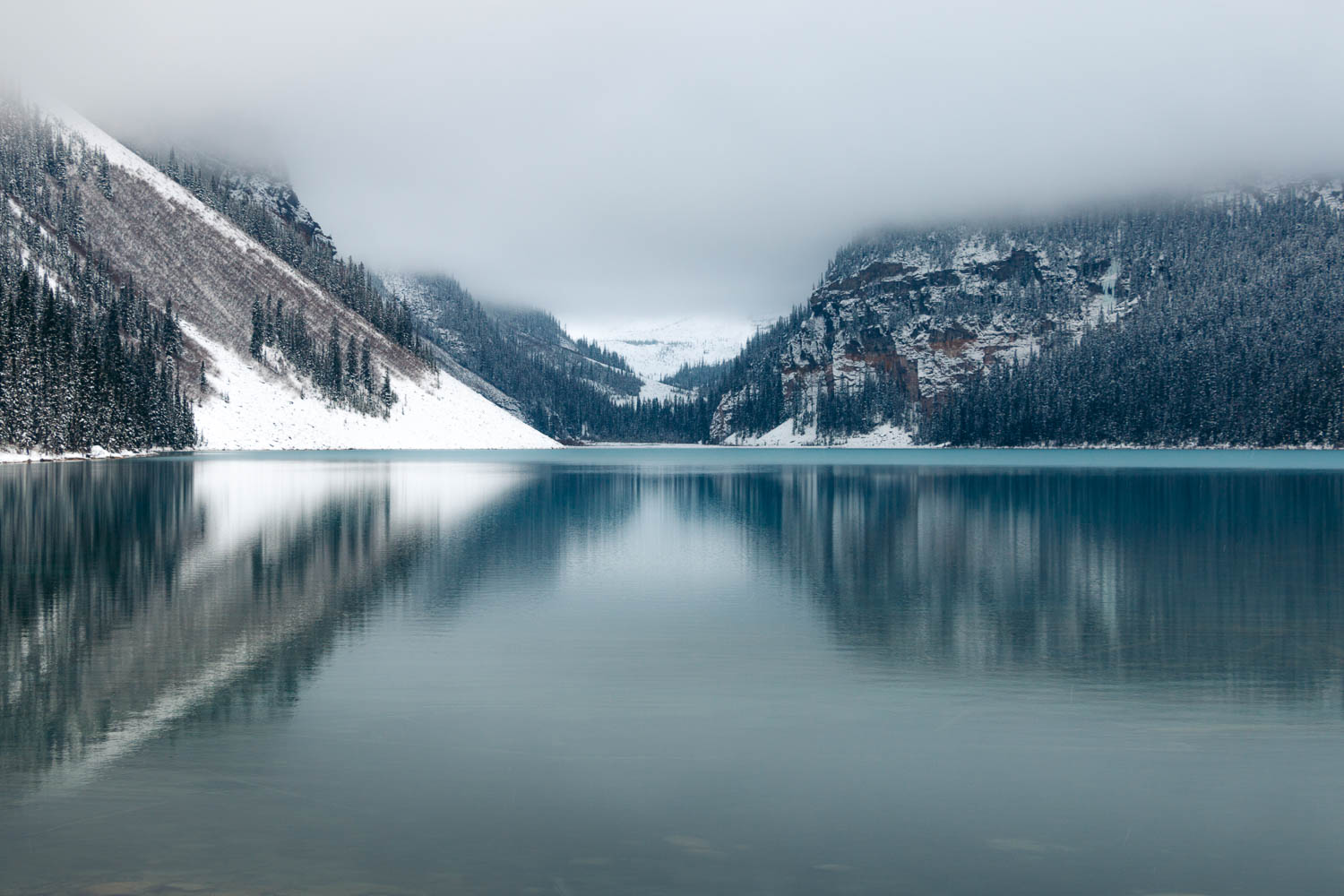
NATIONAL PARKS IN THE U.S. AND CANADA: THINGS TO KNOW BEFORE VISITING
1. Admission
Similarities
Many national parks and monuments in the U.S. and Canada require an entrance pass (daily, monthly, or yearly). All visitors must pay an entrance fee at a park’s entrance booth or online.
The national parks use the money to maintain roads and trails within the parks, clean rest areas, and ensure smooth operations of all facilities, including visitors centers, gift shops, and restrooms.
Paid admission is required throughout the year, except for a few national holidays. During these days, national parks in Canada and the U.S. are free to visit for all. And many outdoor lovers do take advantage of the free days. So expect crowds.
Differences
The United States
In the U.S., a daily pass to a national park is normally valid for seven consecutive days. During this time, you may come and leave as you please, considering that you return to the same park. You can also use the same daily pass to visit adjoining national parks, like Sequoia and Kings Canyon National Parks in California, that don’t require separate tickets.
Prices for daily passes range from $20 to $35 per vehicle. Alternatively, you can purchase a yearly pass, America the Beautiful. It costs $80 and covers the admission to all U.S. national parks and monuments for a year since the day of purchase. You can buy the yearly pass online or in person at an entrance station.
Note: Passes purchased online may take 6-8 weeks to arrive. You must have a physical card before entering a national park in the U.S. Receipts for park passes are not accepted.
Canada
A daily admission to a national park in Canada is valid only until 4 p.m. the following day, regardless of the time you purchased it. You can enter and exit the area as you please during this short time window. If you plan to spend more time in the park, consider getting a new ticket the following day or purchasing a yearly pass, Discovery Pass, or a single-location pass.
Similar to the America the Beautiful, the Discovery Pass is valued for a year and opens the doors to all national parks and monuments in Canada. Family/group pass (up to 7 people in a vehicle) is 151.25 CAD. The Discovery Pass for an adult (ages 18-64) is 75.25 CAD. Youth 17 year and under visit national parks in Canada free of charge.
Note: Some Airbnbs may provide their guests with complimentary yearly passes as a thank you for staying. We had the most wonderful surprise in one of our temporary homes in Canmore in the Banff area. Glued to a refrigeration with a magnet, a yearly pass tempted us to go back to the mountains the following day before we needed to head to the airport. An instruction note nearby wished us a happy exploration and reminded us to put the pass back at the end of our stay for future travelers.
TIP: We never got a chance to use that yearly pass. Yet if you visit the Banff area, you may want to ask your host if they provide the Discovery Pass as well. They may or may not. Asking a question doesn’t cost you anything. But it may save you some money.
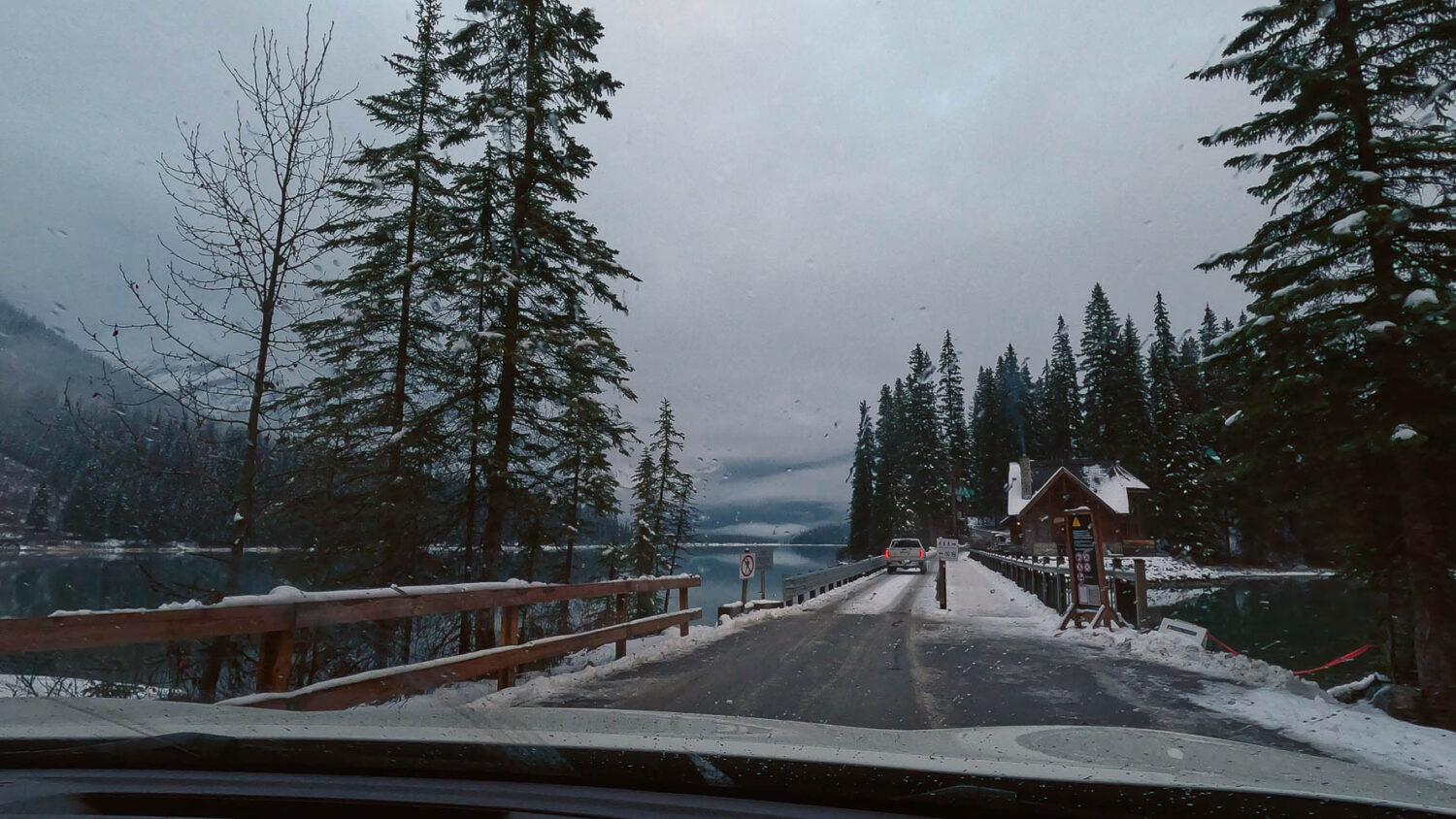
2. Timed Entry Tickets in National Parks in the U.S. and Canada
The United States
Due to a steady increase in visitation and inability to safely accommodate all of its visitors, some national parks in the United States require a timed entry reservation, vehicle reservation, or hiking permit in addition to an entrance pass. Entry reservations must be purchased online before entering the park.
Need to Know: When you plan a popular road trip through national parks on the West Coast of the U.S. and Canada, keep in mind that Glacier National Park requires a timed entry ticket (a vehicle reservation) during the busy, summer season. Moreover, a separate vehicle reservation is required for different areas of the park.
Canada
No entry tickets are required in national parks in Canada. You can visit any park at any time with just an entrance pass. Yet there are some areas or activities within the park that need reservations. These include shuttle buses to lakes inaccessible by private vehicles, guided hikes, boat rides, and fishing.
You can make any reservations online or by phone. Reservation fees are non-refundable.
TIP: While visiting the Banff area during the summer season, you may want to book a bus ride to Lake Louise and Moraine Lake (Banff National Park) and Lake O’Hara (Yoho National Park) in advance. Unless you don’t mind hiking all the way to the lakes and back to the parking lot where you have left your car.
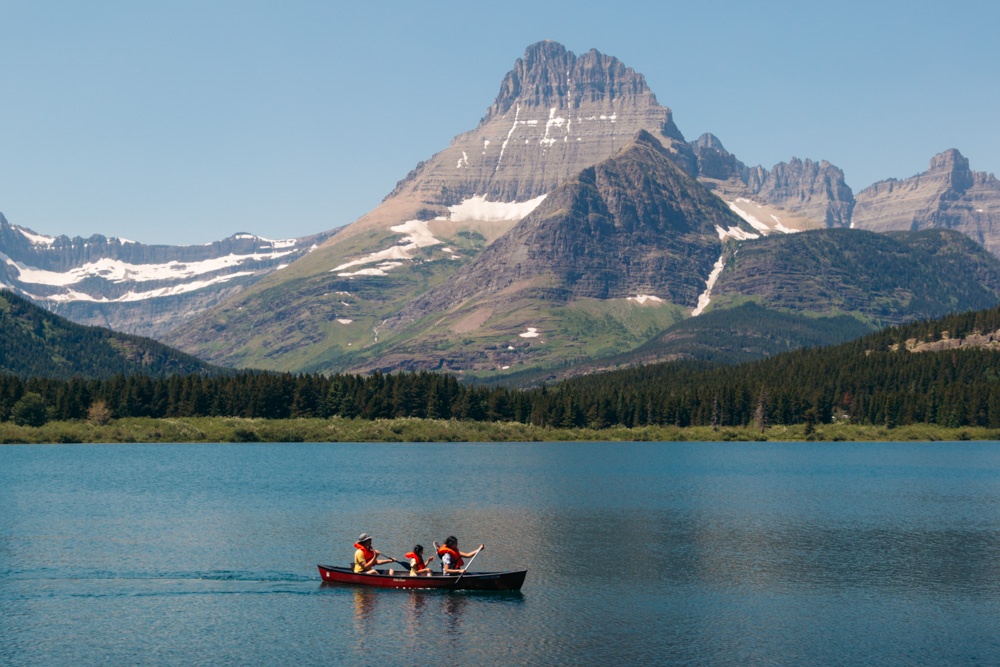
3. One National Park or Monument per Entrance Pass
The United States
A single day admission usually covers access to one national park or monument. If you start your epic road trip through U.S. and Canada’s national parks in Grand Teton National Park (Wyoming) and then head north to Yellowstone National Park and Glacier National Park before crossing the border and venturing to Waterton Lakes, Banff, Yoho, and Jasper National Parks, you need a separate entrance pass (if you don’t buy a yearly pass) for each of these parks except for Banff, Yoho, and Jasper.
Canada
The Canadian favorite trio can be accessed with one single (valid until 4 p.m. the following day) entrance pass.
At the same time, access to the Cave and Basin National Historic Site, located on the outskirts of the town of Banff within Banff National Park is not covered by the daily entrance pass. A separate ticket is required. The entry to the site that gave birth to Canada’s first national park, however, is included in the Discovery Pass.
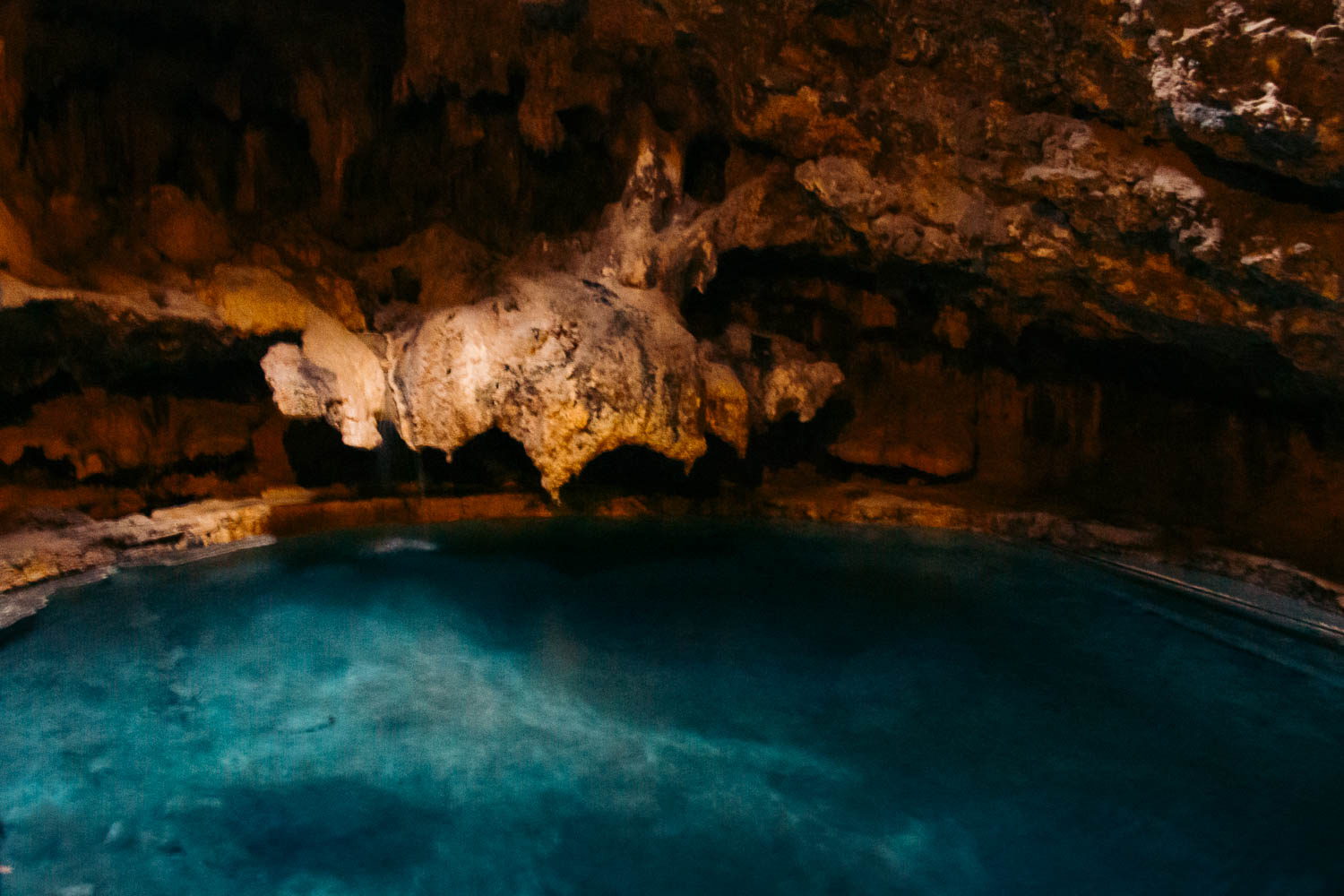
4. The Best Time to Visit National Parks in the U.S. and Canada
The United States
National parks normally have two easily identifiable seasons – summer and winter – and two shoulder seasons. Most of the national parks in the U.S. get busy during the summer months. The influx of visitors to others, such as Death Valley National Park, one of the hottest areas in the U.S., increases during the winter and early spring months.
Parking within the national parks during the high season becomes an issue. Throughout the year, all parking lots in the national parks in the U.S. operate on the first-come, first-served basis. The summer season is not an exception. Yet often the size of a regular parking lot is not able to accommodate all of the seasonal travelers.
For example, in Glacier National Park it’s not rare for park rangers to close a parking lot once it’s full. All other visitors must look for an off-side road parking spot, take a park’s shuttle, or try their luck in the evening or early in the morning before the area gets crowded again. The busiest sections here are the Avalanche Gorge Trailhead, Logan Pass, and Many Glacier. (With the introduction of vehicle reservation, the parking situation in Many Glacier, however, shouldn’t look as bad as in the previous years.)
TIP: It’s highly recommended to arrive at the most popular areas of the national parks in the U.S. outside of the “rush” hours: early in the morning or late in the afternoon. Practically all tour buses and the majority of private vehicles haven’t yet arrived or are gone by this time.
Canada
Canada’s national parks experience similar busyness during the summer months. Normally a limited number of parking spots feels especially acute now.
Just like the National Park Service in the U.S., Parks Canada resumes its seasonal, in-park shuttle operations that take visitors to some of its favorite and/or places inaccessible by private vehicles.
The parking situation is rarely an issue during the slow or shoulder seasons. On the other hand some of the mountainous areas in national parks, both in the U.S. and Canada, become inaccessible during this time due to frequent avalanches.
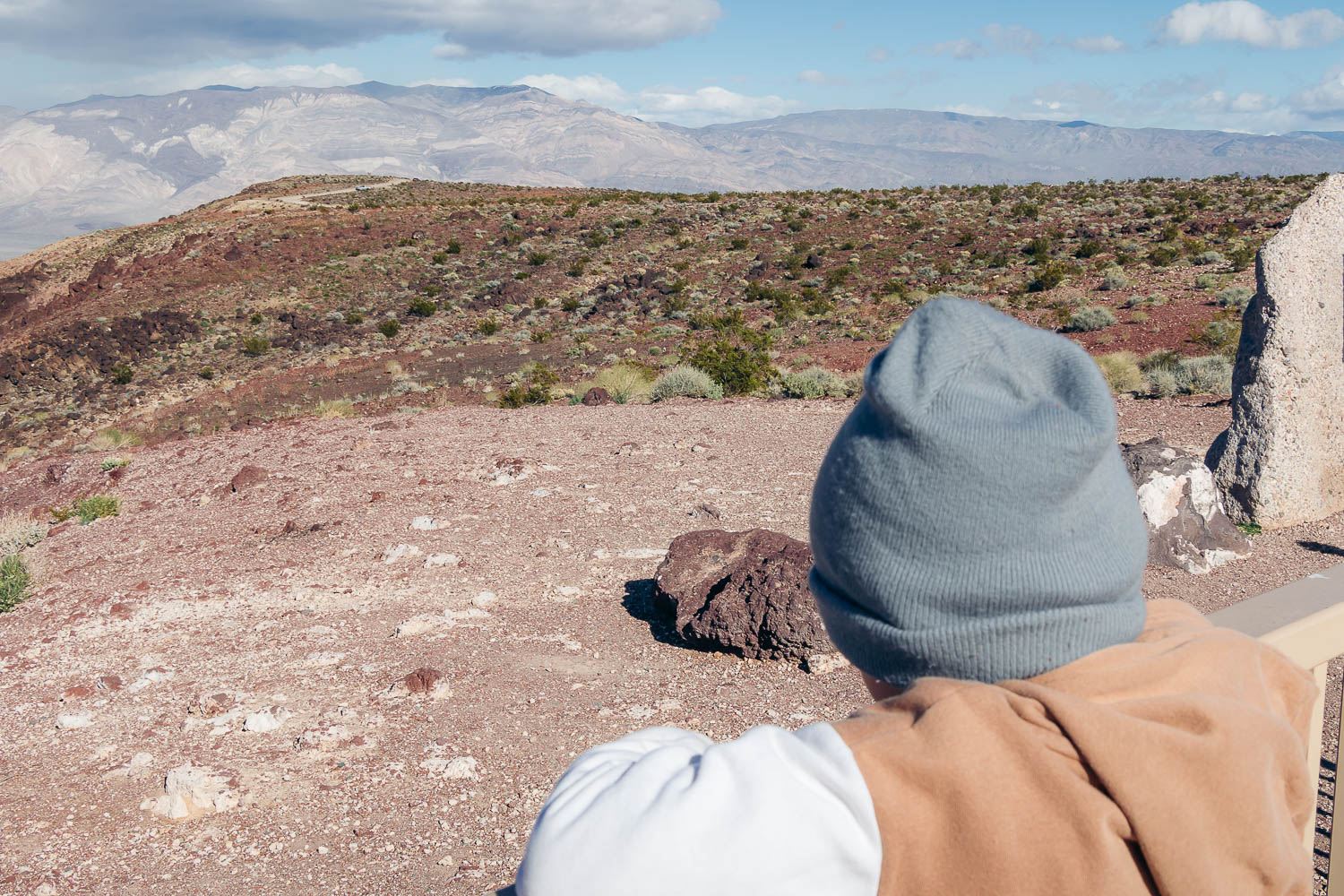
5. Shuttles and Paid Parking in the National Parks in the U.S. and Canada
The United States
When the U.S. National Park Shuttle System is operating, some of the scenic drives within the parks, such as the main canyon in Zion National Park, are accessible only by shuttles. No private vehicles are allowed here. Park’s shuttles are free (unless it’s stated otherwise) and normally run between mid- or late spring and early or mid-fall.
Canada
National parks in Canada go one step further. To protect their natural resources and eliminate a large congregation of people around particular areas, they permanently close access by private vehicles to some of their most cherished sites.
In the Banff and Yoho National Parks, such crown jewels are Moraine Lake and Lake O’Hara. Park shuttles take visitors to the shores of arguably the most resplendent lakes in the area from early June through mid-October. Prior reservations and tickets for Parks Canada shuttles are required.
Furthermore, to better deal with the influx of summer visitors, Parks Canada has introduced paid parking at Lake Louise Lakeshore (a parking lot closest to the lake) during the shuttle season.
